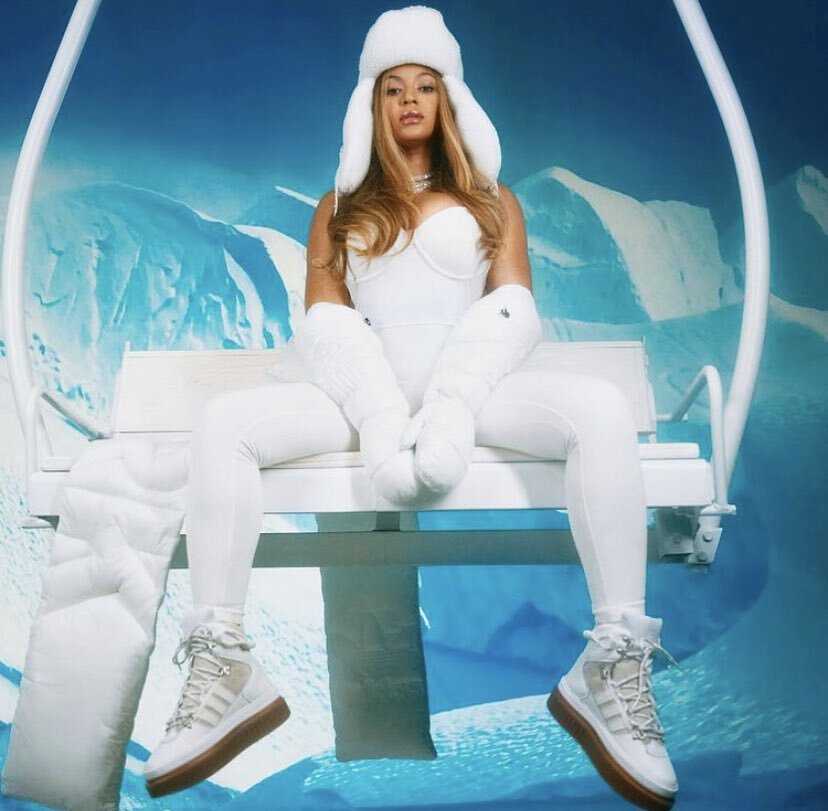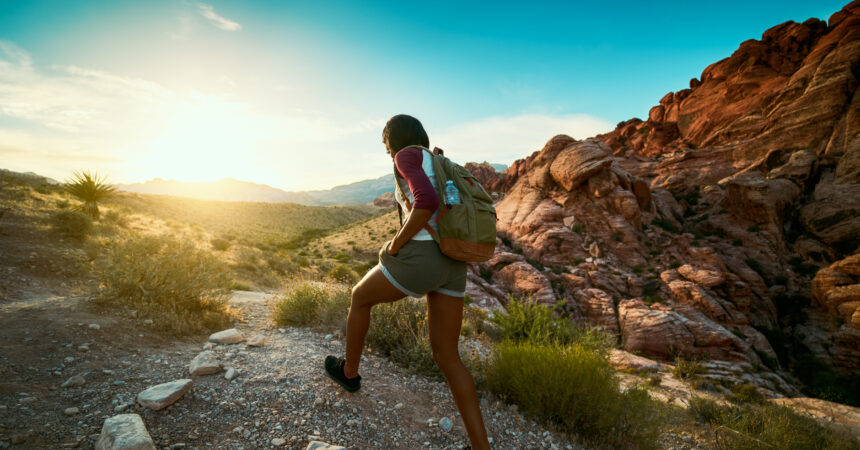Over the past year, we’ve had a few clients come to us for help with social media, specifically how to join the conversation around social justice and the Black Lives Matter movement. These clients work in the outdoor industry, and while they each have their own unique situations, the central challenge was the same: how to express solidarity without it coming off as lip service.
These were good opportunities for us to take a step back and survey the outdoor industry as a whole, this time through the lens of inclusion. It led us to the trailhead of exploring an older, deeply rooted problem: Why is the outdoors portrayed as so white? Specifically, when you flip through a camping catalog or national park website, the happy faces smiling at the camera from a mountaintop or a midstream kayak are overwhelmingly white. We’re no experts on diversity, equity and inclusion, or DEI; like many companies we’re in the ongoing process of learning to be more equitable ourselves. But we've worked in the outdoor and athletics industries for over a decade, and the truth of the matter is, this is a fundamental question we had never stopped to ask ourselves.
Take a look at outdoor messaging and you’ll typically see two narratives: It’s either about adventure or it's about solace, retreat and a place to reconnect with yourself. These narratives, while not necessarily untrue, ignore the fact that not everyone feels a part of that light, carefree, “Just get out there” vibe. From experience, I can say that what starts out feeling like a nice walk through the forest can begin to feel like the 1972 film Deliverance at the sight of the first scrap-wood “No trespassing” sign.
When a narrative is designed with only a white audience in mind, it fails to take into consideration the inherent dangers a Black person might fear encountering. Being alone in the woods takes on a whole different context when you get the sense that you are somewhere you don’t belong. Does spending time alone in the woods sound wonderful? Absolutely. But as a 5’6’’ Black woman with a pepper spray keychain and a headful of urban legends, the reality isn’t altogether peaceful.
Not everyone feels a part of that light, carefree, “Just get out there” vibe.
The challenges Black people face in the outdoors aren’t always related to imminent danger. Chad Brown is the founder of Soul River Inc., an organization that connects inner city youth with the outdoors. He says that when he’s out on the river he has felt like he’s being sized up by white anglers, as though their permission is required for him to be there.
Luckily, these fears and prejudices don’t keep nature-loving Black people from creating their own sense of community. Organizations like Outdoor Afro, a nationwide nonprofit, connect Black individuals who are searching for their outdoor community. In a city like Portland, where biking is not just a mode of transportation but a way of life, we came across the local chapter of Black Girls Do Bike, a national community of women bringing the joys of cycling to women and girls of color. Seeing the work these organizations are doing was inspiring, but also made me think, if these organizations exist nationwide, why are they not widely known, supported and celebrated by an industry that claims “the outdoors are for everyone”?
“There seems to be a narrative that BIPOC don’t enjoy the outdoors compared to their white friends,” Science World writes. “This is not rooted in actual reality, but a myth perpetuated by marketing that caters to [a] predominantly white audience.” So why do we assume that only white people are skiers, surfers, backpackers and river guides? Take snow sports, for example. Even I don't imagine Black people when I think of a family skiing. In fact, I cannot think of a single time I saw this portrayed; as a result, my image of who belongs on skis was shaped entirely by what I saw growing up in movies and advertising. When we see someone who looks like us, we’re able to identify with them, which extends to a perceived sense of shared values, attitudes and additional social cues.
For brands, having more diverse faces in their Instagram feed is just one piece of the puzzle. In a conversation with Outside magazine, Cianna Walker-Flom from the organization In Solidarity shares that companies can do their part by producing inclusive ads, ensuring diverse representation in decision-making roles and creating quality gear that is affordable for low-income communities. That last goal addresses the false perception that getting out in nature is “free.” Not everyone has equal access to transportation and affordable gear.
Think of the last time you were caught in the rain with the wrong footwear — yeah, it sucked. So if you imagine going on a four-hour hike with soggy socks, does it sound like something you’ll want to try again? Probably not. Patricia Cameron, founder of the nonprofit Blackpackers, writes: “Equity isn’t a lookbook with diverse faces. It’s a call to make structural changes in price points to ensure that the most economically vulnerable Americans can participate in outdoor recreation.” Brands that have diversity in decision-making roles are more likely to address access through their storytelling, and reach new customers in the process.
Of course there are exceptions to the predominantly white image, such as Slim Pickins Outfitters, Eleven by Venus Williams and, most recently, the newest adidas x Ivy Park collaboration, Icy Park. But in an $8.8 billion industry, these exceptions are rare. Outside Business Journal explains that “the needs of BIPOC have not historically been served by the outdoor industry. Which begs the question, why? If not for moral reasons (i.e. racism is bad), then at the least, to connect with a large, untapped consumer base of potential profits.” When Black people make up 12.4% of the population and 9.4% of the participants surveyed by the Outdoor Foundation in 2020, leaving them out of the conversation is just bad business.

Which brings me back to the original question of lip service. An Instagram post about equality and solidarity is an empty gesture without the photographers, models, budget, etc., in place to shoot (or reshoot) a more diverse campaign. And that can't happen if the company hasn't made clear internal decisions to support (and fund) anti-racism initiatives. And that can't happen if the company hasn't owned up to the fact that it has been part of the problem in the first place. It's difficult, challenging, time-consuming work that requires sacrifice. Which is why we should question any brand or company that makes pledges and promises too quickly. It's unrealistic. Diversity in the outdoors is everywhere, even where our imaginations fail to see it; but it’s on brands, organizations and every one of us to re-evaluate our assumptions about who we think belongs.
* Want to learn more about how you (a brand, a writer, an agency, a human) can help #diversifytheoutdoors? Check out the excellent work going on over at Melanin Base Camp. And if you use stock photography, add these sites to your list of go-to resources: CreateHER Stock, Disabled and Here, The Gender Spectrum and Nappy.

